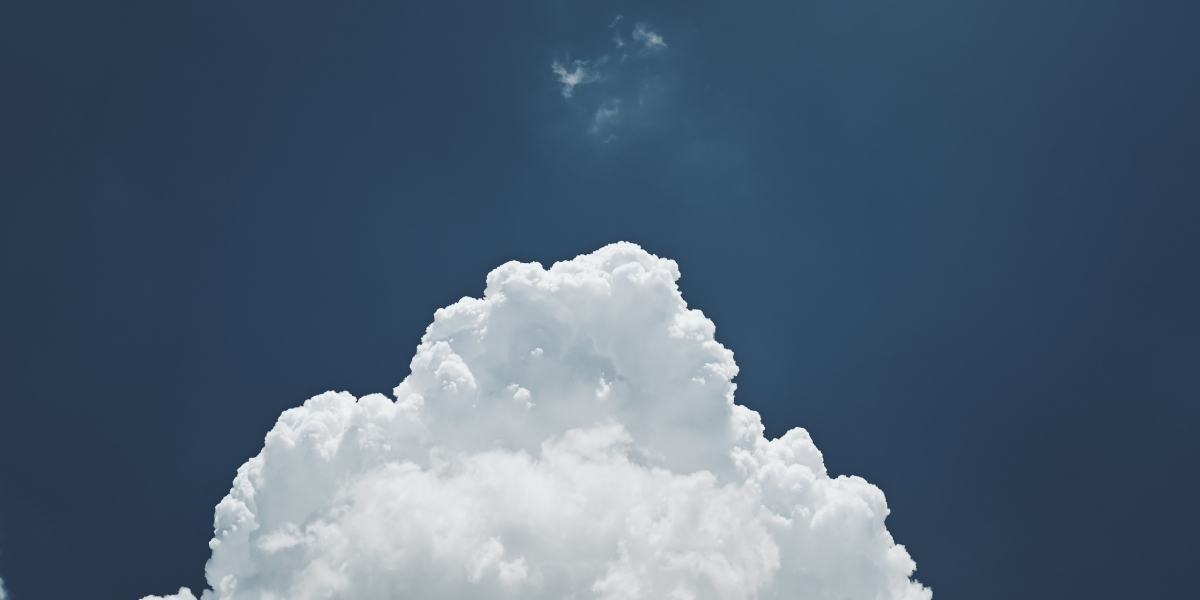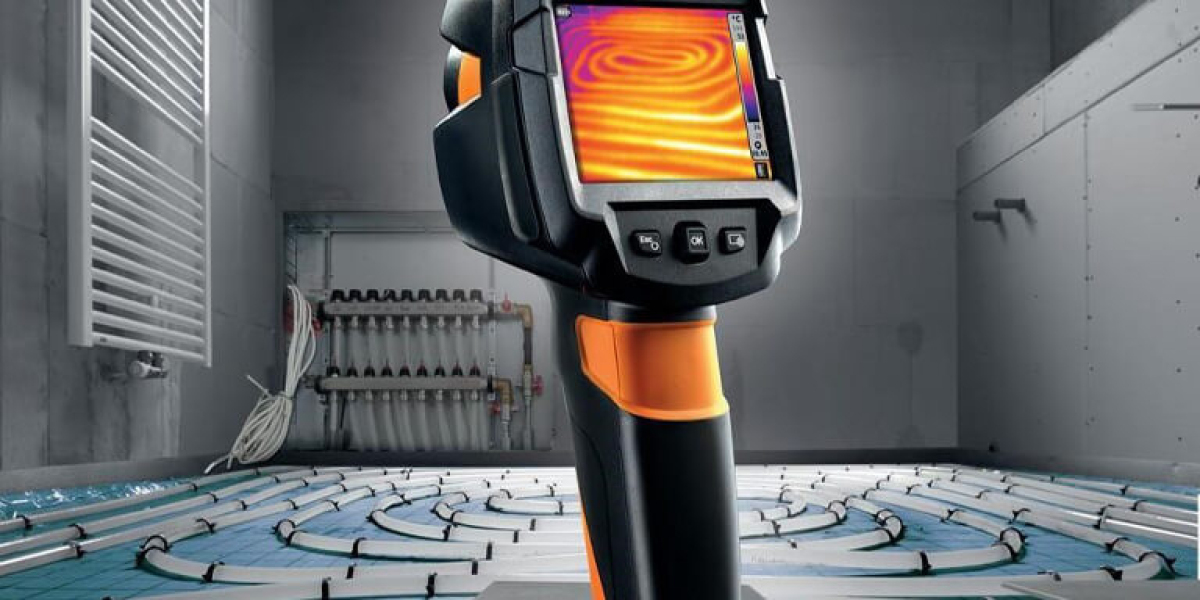Coffee enthusiasts often find themselves debating the merits of different brewing methods. Among the most popular are cold brew and espresso. While both beverages originate from the same coffee bean, their brewing processes, flavor profiles, and caffeine contents differ significantly. This article aims to explore these differences in detail.

Brewing Methods: Cold Brew vs. Espresso
The primary difference between cold brew and espresso lies in their brewing methods. Cold brew is made by steeping coarsely ground coffee in cold water for an extended period, typically 12 to 24 hours. This slow extraction process results in a smooth, less acidic beverage. In contrast, espresso is brewed by forcing hot water through finely ground coffee under high pressure, usually within 25 to 30 seconds. This method produces a concentrated shot of coffee with a rich crema on top.
Flavor Profiles: How They Differ
When considering the differences between cold brew and espresso coffee, flavor is a crucial aspect. Cold brew tends to have a mellow, sweet flavor with chocolatey undertones, making it a refreshing choice, especially during warmer months. On the other hand, espresso is bold and intense, often described as having a complex flavor profile with notes of caramel, nuts, and even fruity hints. The brewing method significantly influences these flavors, as the cold extraction process of cold brew minimizes acidity, while the high-pressure method of espresso enhances the coffee's natural oils and flavors.
Caffeine Content: A Surprising Contrast
Another important difference between cold brew and espresso coffee is their caffeine content. Many people assume that espresso, being a concentrated form of coffee, contains more caffeine. However, when comparing equal volumes, cold brew often has a higher caffeine concentration due to its brewing method. A typical serving of cold brew (about 12 ounces) can contain around 200 mg of caffeine, while a single shot of espresso (1 ounce) contains approximately 63 mg. Therefore, if you're looking for a caffeine kick, cold brew might be your best bet.
Conclusion: Choosing Your Brew
Ultimately, the choice between cold brew and espresso comes down to personal preference. If you enjoy a smooth, refreshing drink with lower acidity, cold brew is an excellent option. Conversely, if you prefer a strong, rich flavor with a quick caffeine boost, espresso may be more to your liking. To explore more about these two brewing methods, check out this detailed comparison: Compare Cold Brew and Espresso.
Understanding the differences between cold brew and espresso coffee can enhance your coffee experience, allowing you to choose the right brew for any occasion. Whether you enjoy sipping a cold brew on a hot day or savoring a shot of espresso in the morning, both methods offer unique flavors and experiences that every coffee lover should appreciate.







